by Sarah Baxter
Keeping tropical fish has been popular since the time of the Roman empire – so it’s no wonder that Aquarium Technology is as advanced as it is today. However, no matter how many pumps, filters and cleaning gadgets you buy; keeping tropical fish healthy requires a little bit of care and attention.
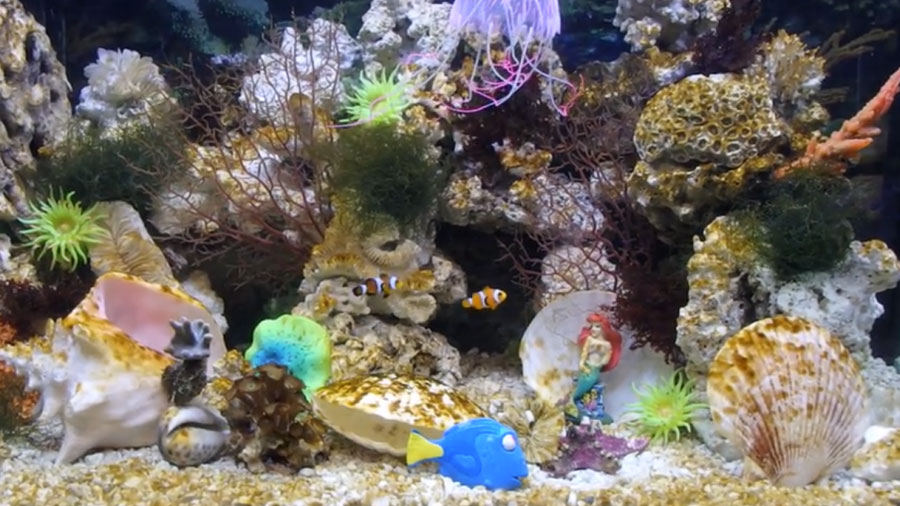
Saltwater aquariums can really be quite beautiful with jelly fish and seahorses and wonderfully colorful fish and plants. But they can also be a lot of work to maintain. Tropical freshwater fish aquariums can be just as colorful with proper planning and maintenance.
Here’s our guide to setting up and maintaining a happy tropical fish tank.
Changing aquarium water
It might sound strange, but adding clean water to an aquarium too regularly can actually be harmful to your fish. Your scaly companions require a certain level of nutrients to be present in their environment: changing water too frequently will remove these nutrients, and can also introduce toxic substances such as chlorine into the tank.
Start for a few months by replacing 5% of the total water volume on a weekly basis. Over the course of a few months, increase the amount of fresh water introduced each time, leaving the water to stand for a few hours before you add it.
Follow these instructions for replacing the water:
- Un-plug the heater & filter
- Leave the fish in the tank but remove any snails, frogs, crabs or any other bottom dwelling creatures that could be harmed when cleaning the gravel
- Remove decorations and artificial plants so you can clean separately (Don’t move living plants). Don’t use household chemicals to remove algae
- Remove algae from glass by using a scraper, mag, sponge or pad. Let all of the algae and debris settle in the tank
- Use a specialized gravel cleaner or siphon from your local fish store. Clean the gravel until the water drops to around 1/4 the depth of the tank
- Rinse the filters in the dirty water that you just removed from your aquarium
- Put your decorations and artificial plants back into the tank
- Fill a bucket with tap water and add neutralizer to remove chlorine also make sure the temperature is the same as your aquarium water. Leave this to stand for a couple of hours
- Carefully refill tank manually or use pump
- Turn on the heater & filter
Introducing new fish
Just like people, fish need a little bit of time getting to know each other before they can become friends. Don’t throw new additions in at the deep end – give the fish time to get used to each other by floating the bag containing the new housemate in the water for a while before letting him or her swim free. This will allow the water inside the bag to reach the same temperature as the tank and give old and new fish time to get used to each other.
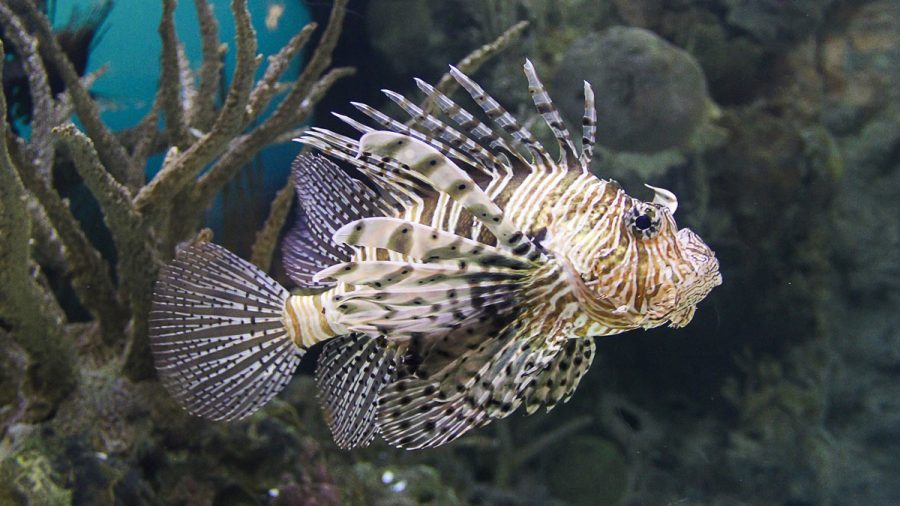
Lionfish are beautifull and they make for a very unique saltwater aquarium, but they’re also deadly – do your research to ensure new fish you introduce are compatible with the fish you already have!
When buying new fish it is also recommended to put them in a quarantine tank for two to three weeks to risk any chance of disease being transferred.
Lighting
There are two kinds of light you can use for your aquarium – we strongly recommend fluorescent over incandescent lights because they are more effective, last longer and will also save you money on energy bills. There are certain factors that need to be taken into consideration when choosing lighting for your aquarium – your local fish supplier can advise on the best setup for you.
Turn the lights off at night so your fish can rest – they don’t sleep like we do, but they hang still in the water and are a lot more mellow than when the lights are on.
Air Pump & Filtration
You can’t keep tropical fish without properly aerating the water because like any species, they require oxygen to breathe.
You’ll need an air pump with an air stone or a motor power head which circulates the water when an air hose is attached. Be sure to get the right size air pump based on the size of your aquarium. The bubbles produced are often aesthetically pleasing as an essential part of keeping marine life healthy.
One of the most important components in an aquarium is the filtration system. Fish can’t use a litter tray or go out for a walk to do their business, so it’s important to filter the water to prevent the tank filling up with waste, which quickly becomes toxic.
There are various different types of filter systems available such as chemical, biological, mechanical and oxygenated. While mechanical filters are a popular choice for freshwater aquariums, biological or canister filters are a much better fit for saltwater aquariums. Again, do your research and pick a filter based on the size of your tank and the type of tropics fish you’re choosing to support (freshwater or saltwater).
Temperature Control
Sudden changes in temperature can stress your fish out and lead to disease. You’ll need to establish the best water temperature to suit your tank population, and then maintain this with the aid of your thermostat and heater. Temperature readings should be checked on a daily basis, the easiest way to keep an eye on this is with a thermometer sticker on the outside of the tank.
When finding a heater, the general rule is to choose a system that provides three to five watts per gallon of aquarium water. Place the heater in an area of the tank that gets good water movement as this will help distribute the heat throughout the aquarium.
Algae Control
Sunlight equals algae, so it’s important to try and keep your tank out of the path of direct sunlight as much as possible. A common mistake is to site the aquarium near a window, fill it with water, gravel and fish, and then realize that the tank is too heavy to move.
Left alone, algae quickly gets out of control, covering your tank in nasty green slime and blocking out your view of the fish. There are several glass scrapers and cleaners on the market, but as the old saying goes, prevention is definitely the best cure.
Overfeeding and leaving your tank lights on could also help bring on an attack of the slime monster – you have been warned!
Water pH
Maintaining the correct water pH is important for a healthy environment. Tropical fish need a pH of around 5 to 7.5 to live comfortably, although this does differ slightly depending on the species – so check with your fish supplier when you buy the fish.
Furthermore, pH water levels are variable and need to be monitored regularly, which can be done by purchasing a pH tester or a freshwater or saltwater aquarium water test kit.
Identifying and Preventing Disease
Here’s a scary thought: diseases are always present inside the aquarium, lurking around until your fish become stressed or unwell. It’s vital to prevent infection and to know the signs early – some of the more common ailments can often be easily treated and prevented from spreading.
Adding new additions to your tank is the most common time for introducing disease. It’s advisable to put them in quarantine and check carefully for any signs of infection – pay close attention to the appearance of fish’s scales, fins and eyes.
If a fish is showing signs of disease, remove it straight away to an isolated ‘hospital’ tank to stop the infection spreading. If you see a dead fish, it must be removed from the tank as quickly as possible and given a proper funeral.
Disease Prevention tips
- Disinfect the net used to transfer the fish
- Monitor for signs of aggression as this can lead to stress
- Avoid loud noise or vibrations around the tank – placing a thick wedge of polystyrene can help with this
- Do not overfeed
- Make sure food is always within the safe consumption date
Signs of Disease
- Cloudy eyes
- Weight loss
- Loss of color
- Gill abnormalities (lumps, discolouration, tears)
- Rejecting food
- Sores
- Craters in skin
- Spots: white, red, black, brown, yellow, gold and dark greens
- Red blotches or stripes
- Worms
Treating Infection
If your fish show signs of disease, the first thing to do is place it in a hospital tank away from healthy fish and consult your fish specialist, who should be able to provide you with an over the counter remedy.
Tropical fish make for a beautiful, living feature in your home or office but be sure to do your homework ahead of time when choosing whether to set up a freshwater or saltwater aquarium. With proper planning and due diligence you’ll be able to enjoy your aquarium for years to come.

Sarah Baxter is an employee of Aquarium Technology Limited, a Dorset based company specializing in building imaginative aquatics for domestic and commercial use.

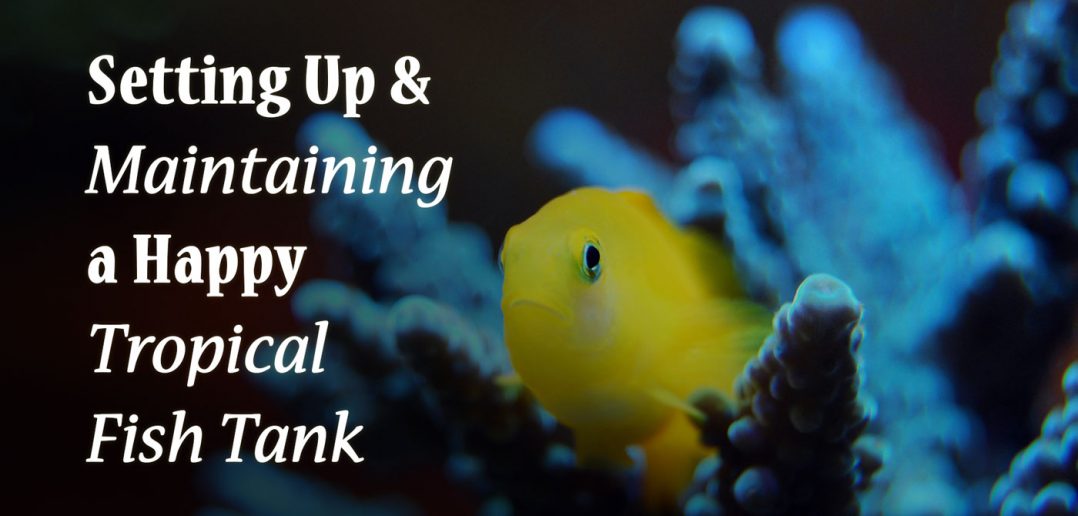



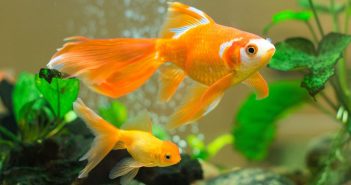
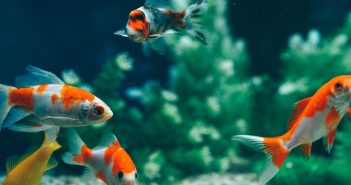
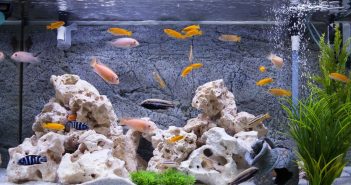
4 Comments
This is very good information. My family has been in the pet store business for years so I can say without a doubt that the biggest mistake new fish owners make is adding too many fish to a new tank too soon!
You have to go slow and only add a few fish at a time, so that the new ecosystem can establish itself. Also, you may not need an air pump if you have a large enough “over the back” or “power head” filter system.
Not an easy pet to take care of. They are really fun and enjoyable, just a lot of work!
This is really a good article! Thanks for providing us with this useful information on how keep tropical fish healthy, it is really a big help.Great advice that you’ve shared with us here. Thanks and I’m looking forward to reading more articles.
It should be in an out-of-the-way place in your home or apartment where there is no danger of being knocked over or subjected to direct sunlight throughout the day. Be warned however, that excess food can create excess nutrients in your tank, creating a water quality problem. Understanding the basics of saltwater aquarium filtration will help set you on the right course to the perfect filtration system and a flourishing aquarium.